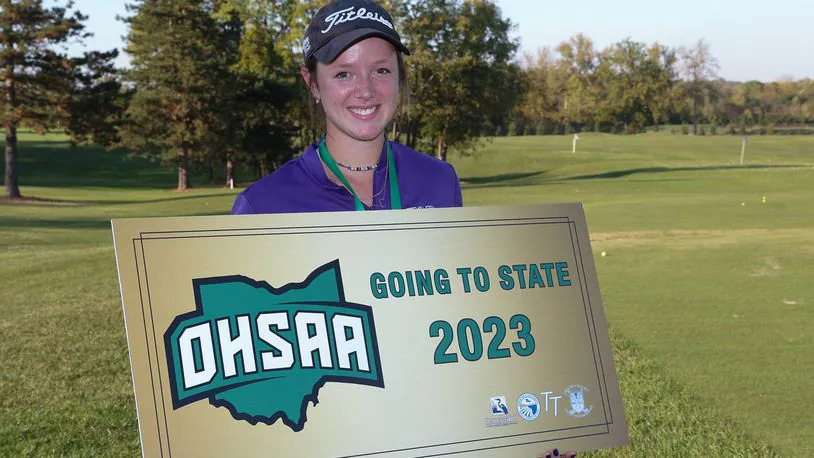When Gary Silverman, director of the University’s environmental health program, went to study what the people of Bowling Green thought of their drinking water, he blindfolded them.
Using a sample size of 600 people, Silverman gave the participants glasses filled with bottled, distilled and city water to drink. At the end of his six-year study in 2004, the environmental health professor concluded that the majority of people thought city water tasted the best out of the three choices.
This was a drastic change from his first surveys in 1997 and 1998, where most people thought the water was awful. What changed? Bowling Green’s water treatment plant underwent a complete upgrade including a new treatment process in 1999.
The upgrade came about because people complained about the odor and taste from the water. The odor was caused by the decomposing products that had dissolved in the Maumee River.
“Bad tasting water does not mean it is unhealthy,” Silverman said. He explained that the drinking water was up to the Environmental Protection Agency’s standards at the time.
However, EPA standards are not always good enough when people still find the water objectionable. To maintain the EPA’s stringent standards and regulations, as well as improve the taste for the community, the water treatment plant added reservoirs in the early 90’s to keep Nitrate levels down.
The reservoirs would later be accompanied by ultraviolet disinfecting and granular carbon filters also known as Brita filters. These additions were able to take care of pesticides and a lot of the organic compounds found in the water.
The changes brought the city water well above the EPA’s current standards. Silverman, believing that the EPA’s standard for drinking water is more than sufficient, wanted to know whether the upgrade was worth the community’s money.
For instance, he said many people used to buy several types of water treatment supplies for their homes, including reverse osmosis systems and water softeners, as well as Brita containers and bottled water. It is his belief that the community as a whole has saved money because it is no longer necessary to purchase these items.
“It is the national trend to use much more bottled or home treated water, but in BG people are using a little less,” Silverman said.
John Keener, manager of Toledo Water Conditioning disagrees. Keener said it is obvious how unclean the Maumee River water is, and even though the city does a lot to make it sanitary and safe, people want more for their families.
“They want something better than the water used to put out fires and flush toilets,” Keener said.
Keener’s company sells its products to the Wood, Lucas and Monroe counties. He said on a whole, the trend shows rising sales in water osmosis systems. Other products such as water softeners remain steady.
Bowling Green’s utility director, Kevin Maynard, believes the water quality has improved drastically from its former reputation. Maynard said one of the arguments for a larger scaled operation on the plants is that it is cheaper for the city to do it than for everyone to install their own water treatment devices.
Maynard said the challenge is to meet not only EPA, but community standards while maintaining water capacity as the city’s population is growing.
“The water is owned by the community. It is our job to keep in touch with the people we serve and be responsive with their needs and desires. Sometimes EPA standards aren’t good enough,” Maynard said.
Because there is a need for increased water capacity, Maynard believes the EPA standards will be raised in the next few years. To meet the standards of both the EPA and the community he serves, Maynard said the city is looking into a nanofiltration system that acts like a reverse osmosis system.
The plan wouldn’t be to abandon the older equipment, but to blend the water from the nanofiltration system and the older equipment to produce higher quality water while keeping the cost as reasonable as possible, Maynard said.
So far, the plan is to begin the nanofiltration pilot project in 2006, and if all goes well, the city will move forward with plans to implement the system in the next few years.


















